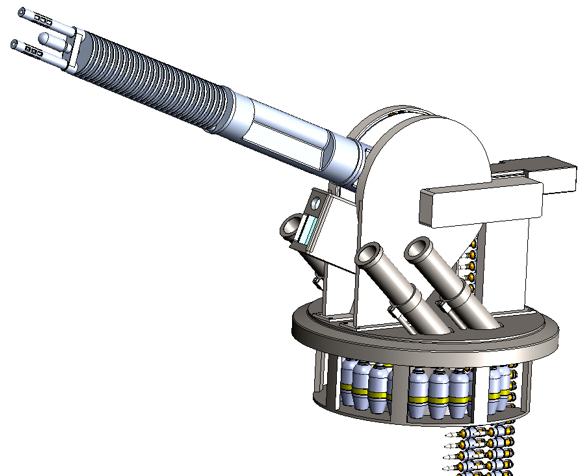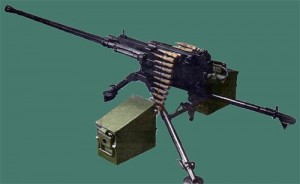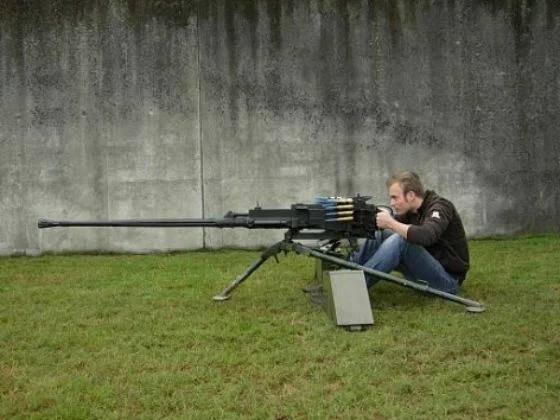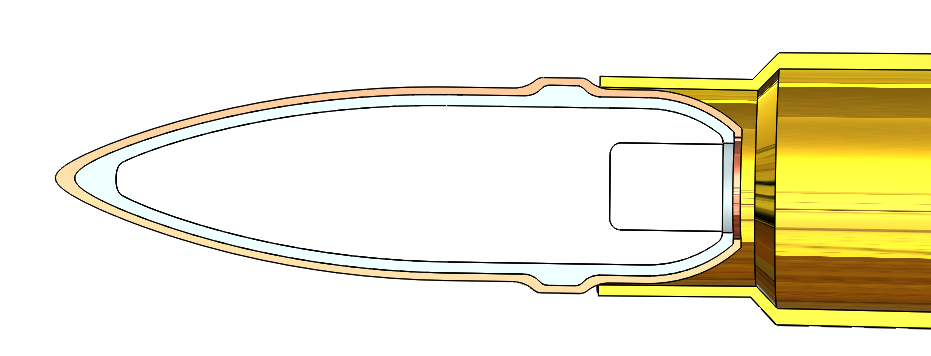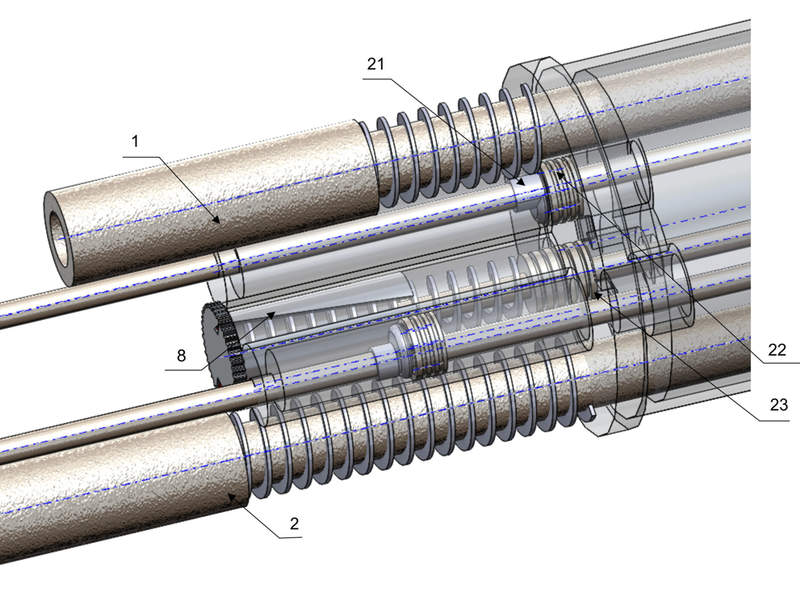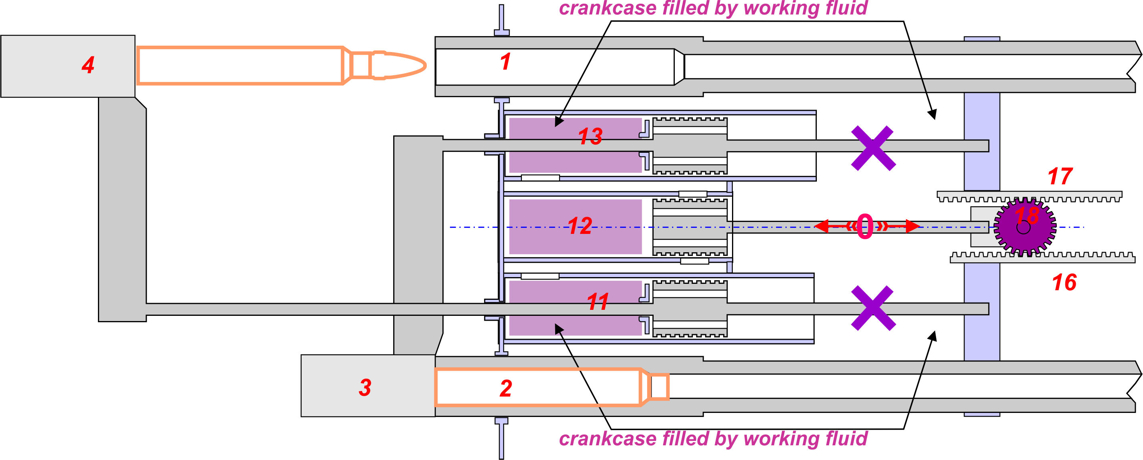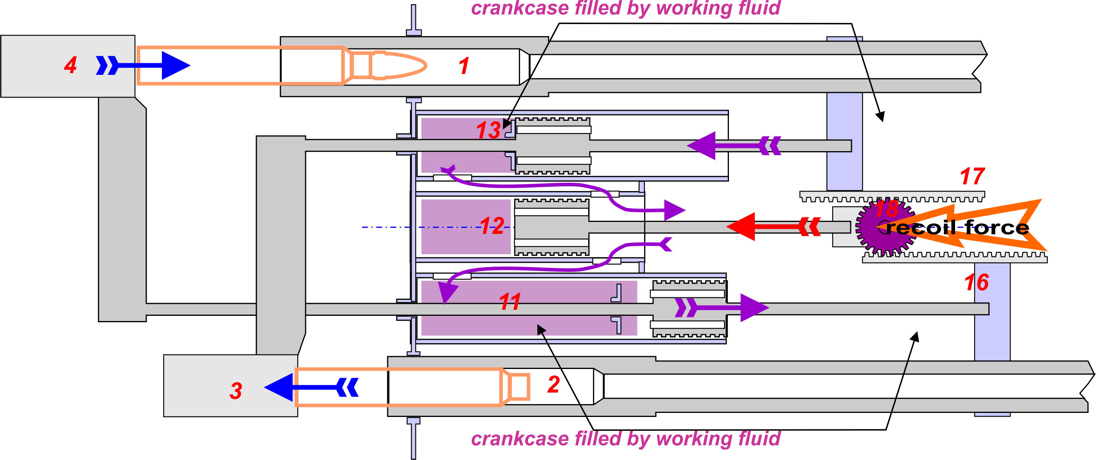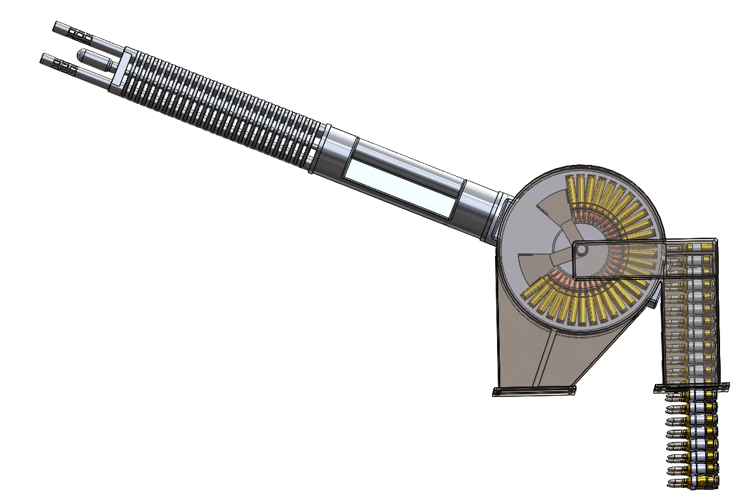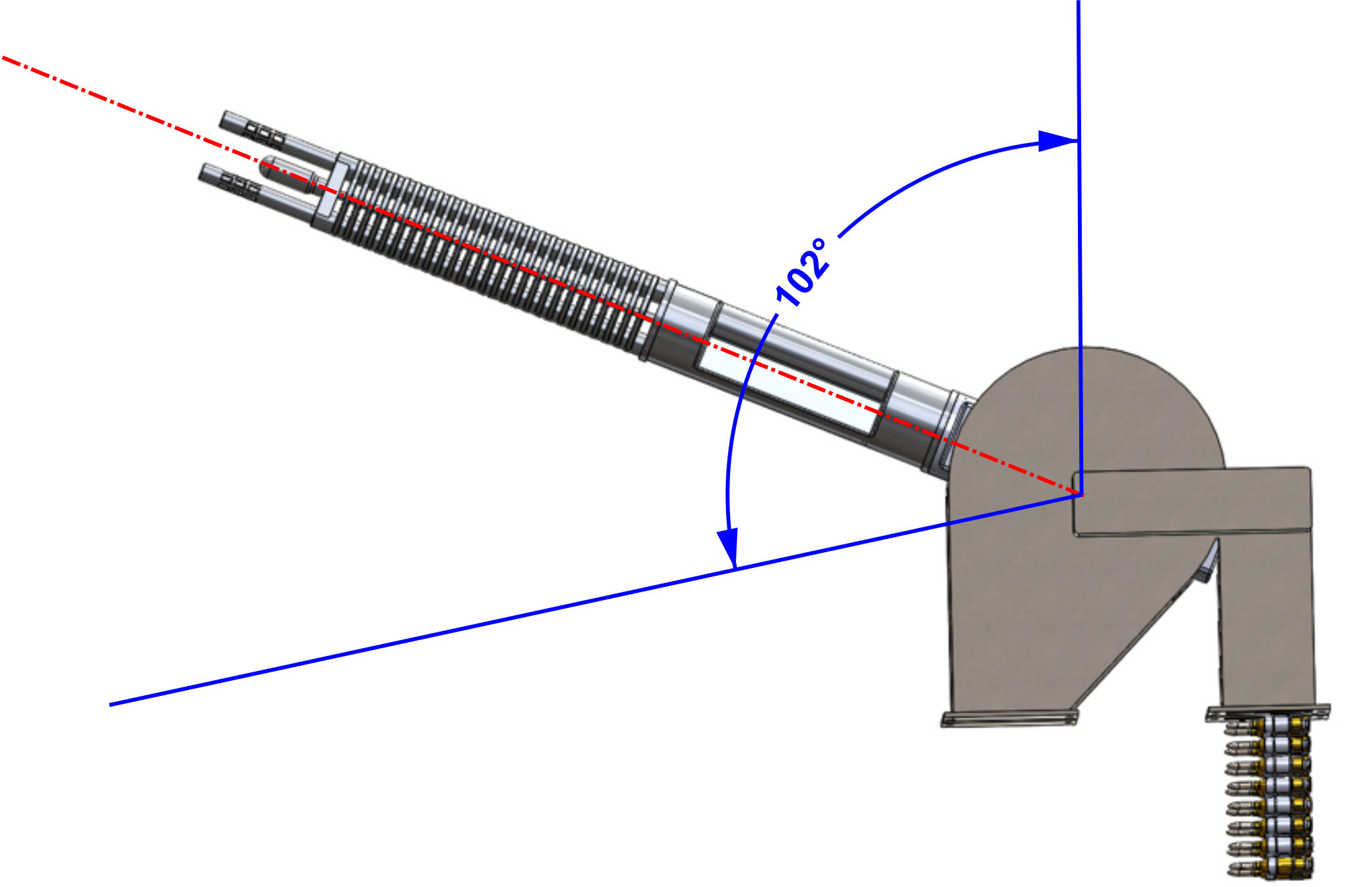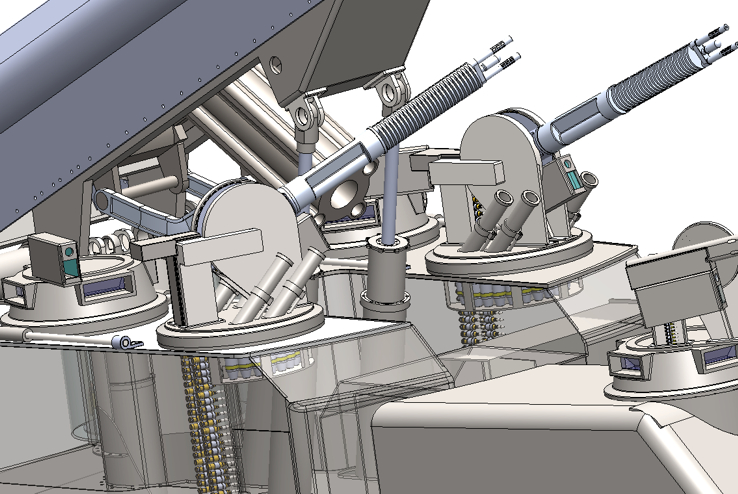All innovations declared here are the property of the author and cannot be used without his consent.
This is especially topical in relation to the United States and Russia, where patents' theft is organized at the state level.
In Russia, due to the complete loss of the country's creative potential, it is declared even as in the form of a law adopted directly by the president.
